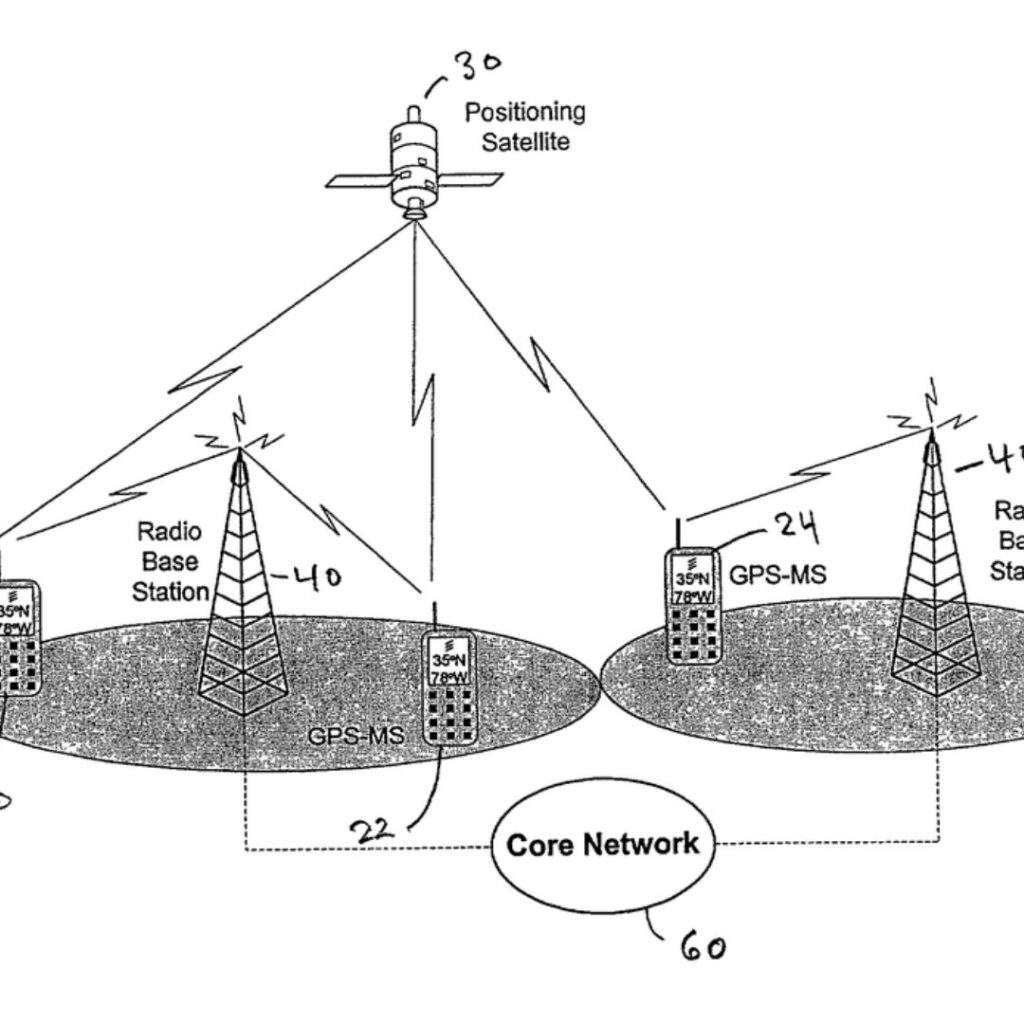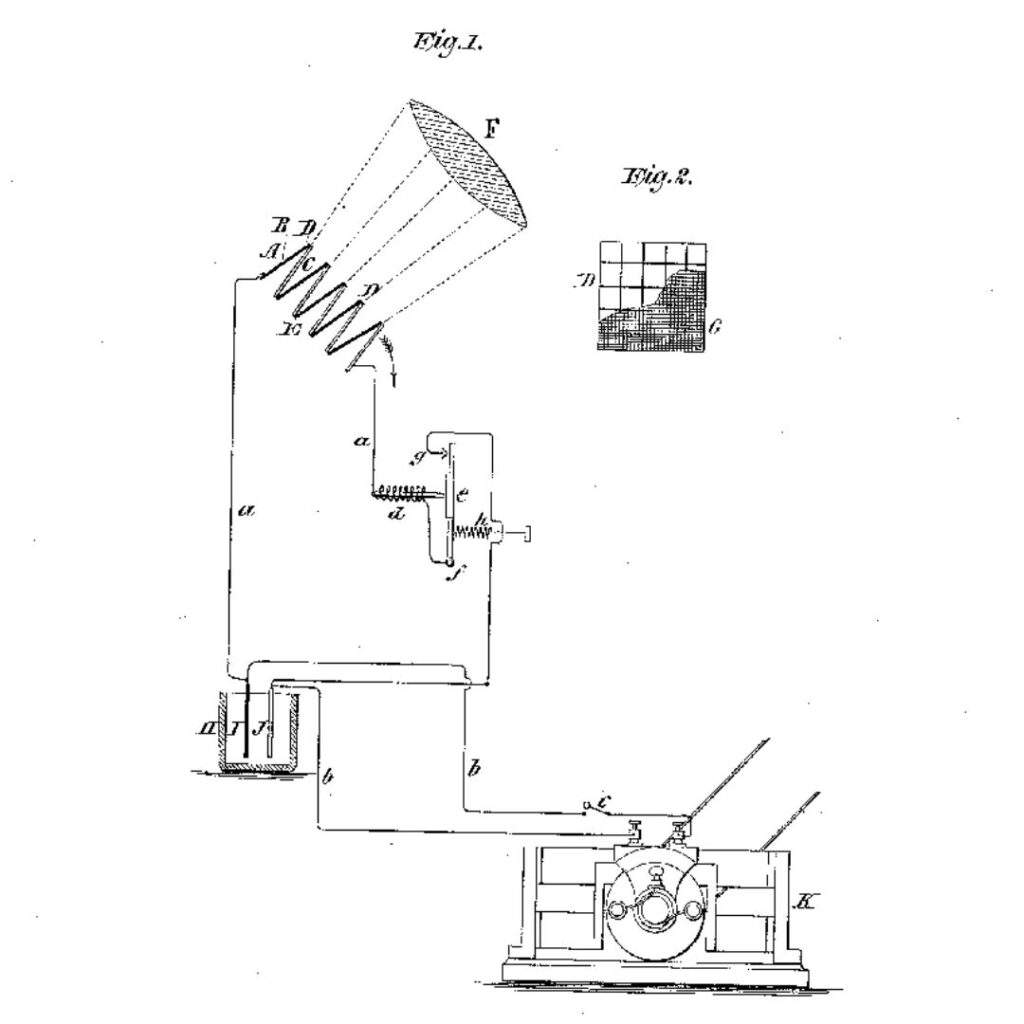Design Registration Process

Guide: Design Patent in India
Mansi Gaur
Lexgin IP
Design registration is filed for the visual distinction of an object; for example, the ornamental specific design of a machine or a board may be eligible for a design patent. Apple, for example, files a design patent for the iPhone’s design. So, no other company in the market uses it. Unlike Apple, a huge number of companies, designers, and researchers file design patents to secure their innovative designs from the rest of the world.
A design patent is a type of legal defence for the distinctive aesthetic features of a produced good. If the product has a distinctive configuration, distinctive surface decoration, or both, a design patent may be obtained. In other words, a design patent safeguards an object’s attractive design while preserving its functional utility.
Duration of Design Patent in India:
A design’s registration is valid for 10 years from the date of design registration at first, but if a claim to priority has been recognised, the registration period is extended to ten years from the starting date. If an application in Form 3 is submitted to the Controllers before the initial period of ten years has expired along with the required fees, this period of register may well be extended by an additional five years.
Benefits of Design Patent:
- It will give you a “patent pending” notice period.
- It’s cost effective.
- Consume less time in processing.
- No maintenance fees.
- You get the 15 years monopoly for your design.
- To register your novelty, simply fill out the Design patent.
For more information visit: IP India
Design Patent in India:
The legal defence provided to the inventor of a novel and distinctive design for his work performed in India is known as a design patent. This is the reward for the creator’s passion project. To ensure that others don’t immediately copy the creator’s labour of devotion. The structure, layout, pattern, or adornment of a product may be applied or applicable as part of the design.
By registering the design, the inventor is given rights that are valid for 10 years and may be extended an additional 5 years.
Registration Procedure of Design Patent in India:
Verify any prior registrations:
Check to see if your artwork hasn’t already been registered. You must make a request to the Intellectual Property office for that. Since the first-to-file rule governs how the system operates, it is essential to register designs promptly.
Application:
Next, submit an application that includes information such as your name & address, whether you are a person or a business, a description of the item and its class, a claim of novelty, etc. You could also be required to include illustrations or photos of the content.
Examining and approving:
It is later examined by the Patent Office. If everything is in order, it is accepted & registered, and the applicant is then given a certificate of registration. after filing Following the design filing, the article and other bibliographic information are published in the Patent Office Journal, which is released every Friday. In the event of difficulties, the full concept can take a year.
Enrolment of Designs:
The registered design is then added to the Register of Designs, a database kept by the Kolkata Patent Office. It includes the name and address of the proprietor, the design number, the class number, the date of filing (in this nation) and the reciprocity date (if any), among other information.
The design’s time frame is:
The design has a 10-year term that may be extended by a further five years.
Initial claim:
The Paris Convention’s provisions for the principle of priority are applicable to India because it is one of its signatories. This claim enables you to submit a second request in a different nation for a comparable invention or trademark that is still in use as of the first application’s filing date.
Infringing on a design:
If someone uses a design without permission, the registered owner can file a lawsuit to cease the use and recover any losses.
In accordance with the procedure, registering a design grants the owner particular legal rights to file a lawsuit against anyone who violates the design right. If you want to safeguard your intellectual property, you must complete this registration.
Requirements of Design Patent:

A creator must submit an application to the Indian Patent Office in order to get patent rights. The general processes you should follow when requesting a design patent are listed below.
Eligibility while filing a design patent:
Design must be qualified for patent protection in order to be protected. The design of an object must be distinct, not interfere with its function, and inseparable from the thing, according to the requirements of the design patent.
Patent Search –
To find out if the design (or a design that is confusingly similar) already exists, the developer should perform a patent search here on Indian Patent website.
Patent application
The patent application must contain following details:
- Abstract: This part contains a general introduction to design patents.
- Title: It contains the title you give your design.
- Description: Specify your design in detail, including research and documents that can support your research.
- Claim: Unlike any other patent, a design patent allows only “one claim” to be filed. The claim needs to be specific and support your design application.
- Figures: The drawing related to your design is on an A4-sized sheet, and there are several specifications when submitting your design patent. We at Lexgin IP provide you with all of the Indian Patent Office’s guidelines in a very detailed manner and complete your design patent.
- Figure explanations: Each illustration or image must be named and include a description. Any additional information that is necessary for a reviewer to comprehend the drawings completely should be included in the description.
- Declaration or Oath: This demonstrates that the developer is legitimately entitled to the design rights.
- Data Sheet for Applications: This will mostly consist of designer-related details.
For Information in more details, you can visit Lexgin IP
Case Study:
Bluetooth:

“Peer to peer information exchange for mobile communications devices”
In 1994, Jaap Haartsen created Bluetooth, a technology that uses low-power, ultra-high-frequency radio waves to link electronic devices that are close to one another. Numerous Bluetooth-related patents that Haartsen has drafted have been thwarted by legal actions and patent trolls. This 2013 patent explains how the system can communicate GPS information.
The technology makes use of tiny computer chips that are implanted in gadgets that function as miniature radios and operate the connecting software. Over a piconet, a short-range network, the devices “couple.” Nearly every handheld product on the market today uses the technology, including smart thermostats, cameras, and headphones.
Solar Panel:

Title: “Apparatus for utilizing solar radiant energy”
The photovoltaic effect was discovered by French physicist Edmund Becquerel in the early 19th century. It occurs when some materials are exposed to light and produce a tiny electric current. By attaching platinum electrodes to silver chloride dissolved in an acid solution, he produced the first photovoltaic cell in 1839.
The first solar cell patent in the United States was granted to Edward Weston some fifty years later. The invention proposes a “thermoelectric element” that, when exposed to light, “causes an electrical current in a circuit” by connecting two bodies of “dissimilar metal” on one end and isolating them on the other.
Solar panels now mostly consist of silicon thanks to decades of technological advancements in this field. In 1958, the Vanguard 1 satellite introduced solar panels to space travel for the first time. The current largest solar plant in the world, India’s Kamuthi Solar Power Project, has a power capacity of about 650 megawatts and occupies an area of about 3.9 square miles.
Frequently Asked Questions:
What is Design Patent Act 2000?
The term “design” refers only to the characteristics of shape, configuration, pattern, ornament, composition of lines, colour, or combined effect thereof applied to any article, whether two-dimensional, three-dimensional, or in both forms, by any process industries or means, whether guide, mechanical, or biological, separate or combined, and which in the final product attract to and are judged purely by the eye.
What results from registering a design?
Design’s registration grants the registered proprietor “Copyright” over the design for the duration of the registration. The term “copyright” refers to the sole authority to use a design on a product falling under the category for which it is protected.
What does “priority claim” mean?
Since India is a part of countries comes under Paris Convention, the provisions relating to the right of precedence apply to it. The applicant may seek for protection in those other contracting states within six months of filing a standard initial application in one of the contractual states, and the latter approach will be treated as though it had been made on the same day that the first application.
Can stamps Do labels, tokens, and cards qualify as articles for the purposes of design registration?
No. Because the mentioned article ceases to exist once the purported Design, or adornment, is removed and merely a sheet of paper, metal, or similar material is left. Article’s existence must be unaffected by the Designs that have been applied to it.
















